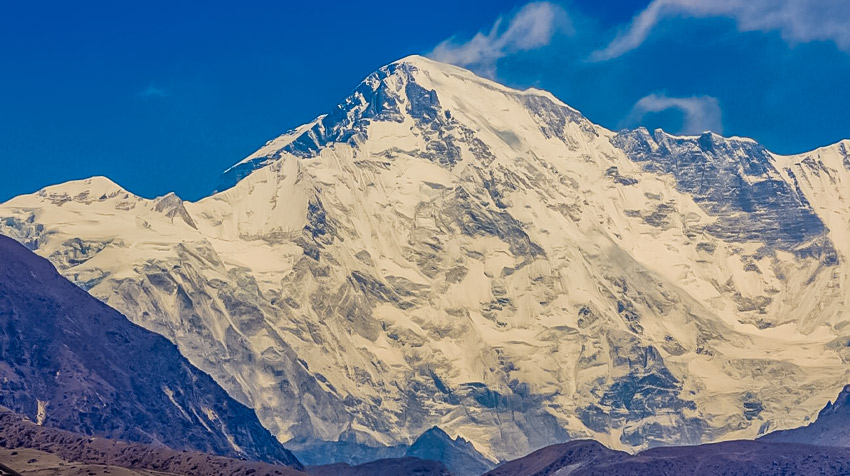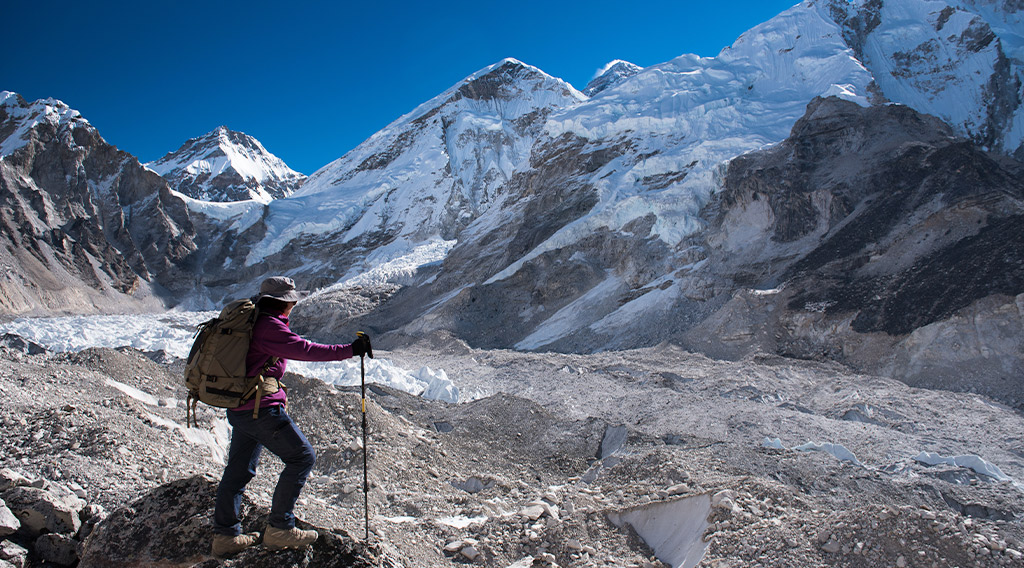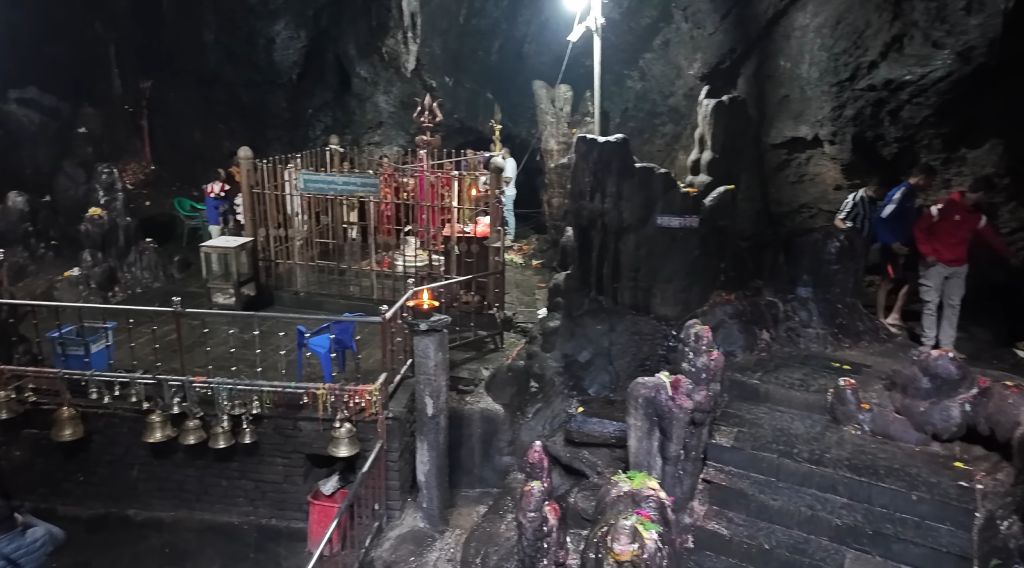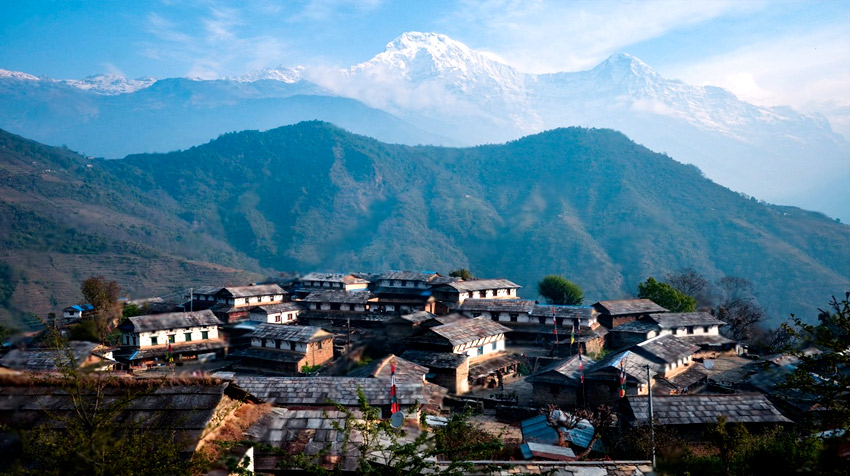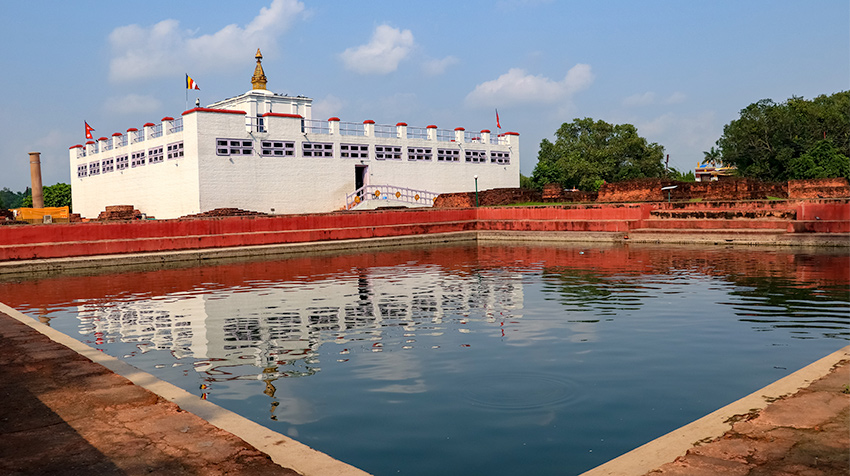Best Time for Trekking in Nepal: Choosing the Best Time for Your Adventure
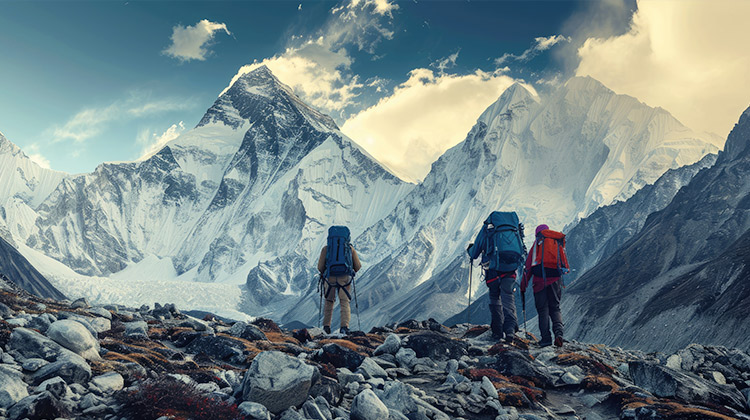
The best trekking time in Nepal is during the pre-monsoon (spring) and post-monsoon (autumn) seasons. These periods offer the most favorable conditions for trekking, including clear weather, comfortable temperatures, and stunning natural scenery.
In the majestic Himalayas, the towering peaks dictate the weather patterns, making precise forecasts challenging. Iconic giants like Mount Everest, Manaslu, Lhotse, and Annapurna create their microclimates, yet there are discernible seasons that offer optimal trekking conditions. Trekking in Nepal is a year-round activity, contingent on what kind of adventure you seek. This comprehensive guide delves into the best times to embark on a trekking journey in Nepal, helping you plan your visit to this stunning mountainous region.
Nepal experiences four seasons: Winter, Spring, Summer, and Autumn. Each season has unique characteristics and charm, making pinpointing the best trekking season difficult. However, understanding these seasonal nuances can significantly assist in determining the ideal time for your trek.
Trekking in Spring Season: March, April, and May
Spring is one of the most favored seasons for trekking in Nepal. As temperatures rise and weather patterns stabilize, the landscapes come alive with blooming flowers. This season marks the beginning of the climbing period for Mount Everest, making the Everest Base Camp a bustling hub of trekkers and climbers.
Daytime temperatures range between 16 and 23 degrees Celsius, varying with altitude, while nights can still dip below freezing, significantly above 4000 meters. Though slightly less crowded than autumn, spring is still considered high season. The Annapurna Circuit Trek is particularly rewarding during this time, offering the chance to witness rhododendrons in full bloom and spot various beautiful birds. The Langtang Valley, situated north of Kathmandu, is another excellent trekking destination in spring.
Trekking in Summer Season: June, July, and August
Summer, from June to August, is the least attractive season for trekking in Nepal due to the monsoon rains. Torrential downpours disrupt daily life and make trekking hazardous. Trails become slippery, landslides are frequent, and public transportation is unreliable. Additionally, thick cloud cover often obscures the majestic mountain views.
However, there are exceptions. The Upper Mustang Trek, a restricted area that remains relatively dry due to its location in the rain shadow of the Annapurnas, is a viable option. This high-altitude desert boasts stunning snow-capped peaks. Another alternative is the Dolpo region, with Upper and Lower Dolpo offering great trekking experiences during this time.
Trekking in Autumn Season: September, October, and November
If there's a consensus on the best time for trekking in the Nepal Himalayas, autumn would be the best. The weather is generally fantastic, and the views are breathtaking. As the season progresses, temperatures gradually drop, and while the weather is usually stable, higher altitudes may still experience changing conditions and occasional snowfall.
Autumn is the prime trekking season, and the trails are bustling with trekkers. Daytime temperatures range from 20 to 25 degrees Celsius, slightly more excellent above 4000 meters, with cool nights. Early September may still see remnants of the monsoon, but the paths are clear by October, and the festival season begins. Indra Jatra or Yenya, celebrating the end of the monsoon, usually takes place in late September or early October. This festival, marked by vibrant processions, traditional music, and dance performances, adds a cultural dimension to your trekking adventure.
Trekking in Winter Season: December, January, and February
Winter in the Nepal Himalayas is undeniably cold, often bringing significant snowfall even at lower altitudes of around 1500 meters. While this can pose challenges, winter trekking has its allure. The trails are far less crowded, offering a sense of solitude and tranquility.
Lower altitude treks like the Ghorepani Poon Hill trek, typically busy in high season, are virtually empty in winter. The Mardi Himal trek and the Annapurna Base Camp trek are also excellent choices during this time. With experienced local teams from Mountain Trekking Nepal, you can embark on winter treks safely and comfortably, ensuring a memorable adventure.
Conclusion
Nepal offers a diverse range of trekking experiences throughout the year, each season presenting its own set of advantages and challenges. Whether you prefer the vibrant blooms of spring, the clear skies of autumn, the solitude of winter, or the unique landscapes of summer treks, Nepal's Himalayas have something to offer every adventurer. Plan your trip according to your preferences, and immerse yourself in this Himalayan paradise's breathtaking beauty and cultural richness.


